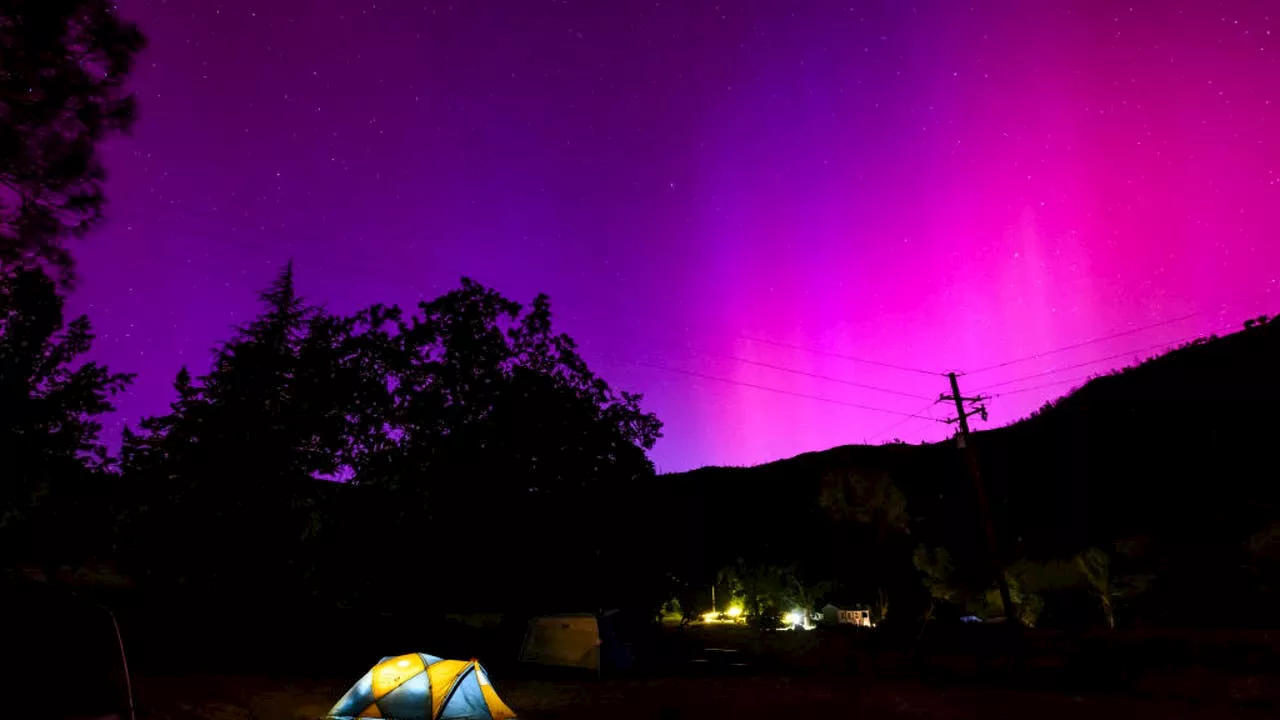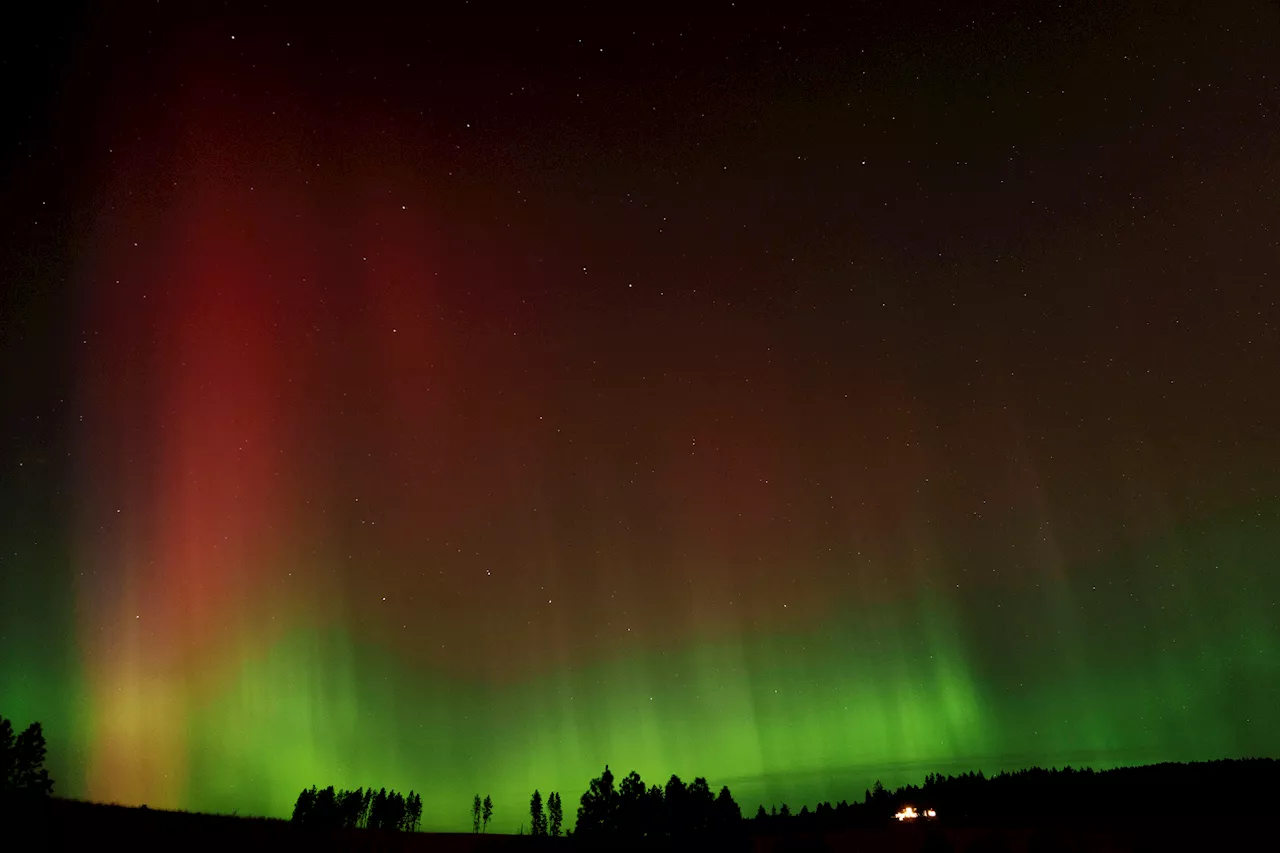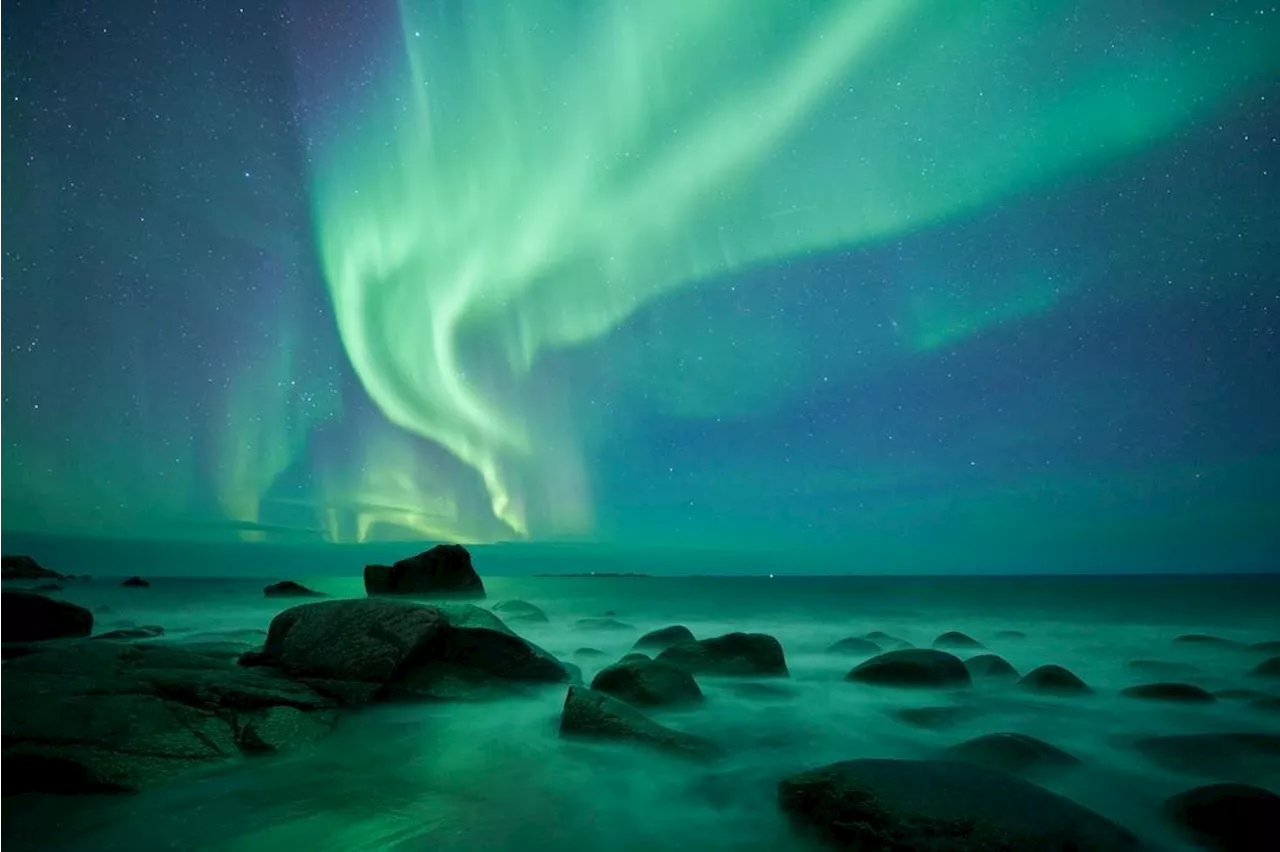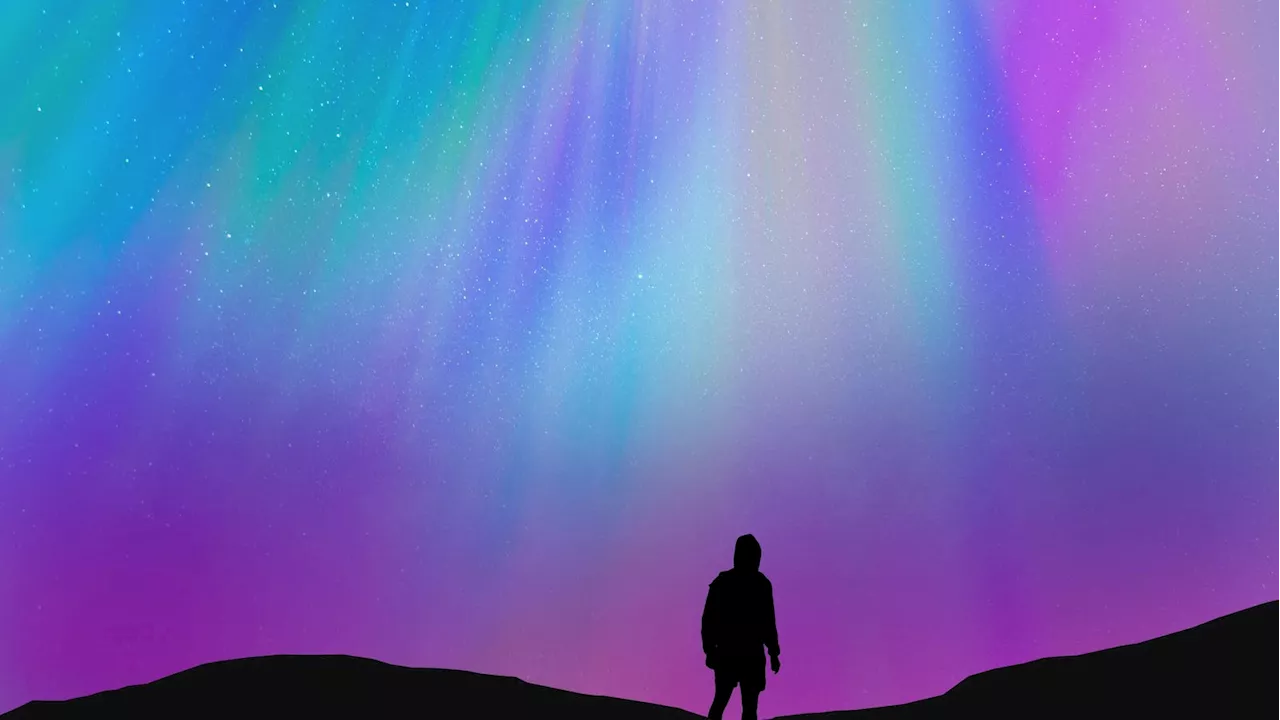Jamie Carter is an award-winning reporter and experienced stargazer who covers the night sky, astro-tourism, the northern lights and space exploration. He received the 2023 Popular Media Award from the American Astronomical Society's Solar Physics Division and is the author of A Stargazing Program for Beginners. Writing for Forbes.
may have been visible across regions of the world in 2024 that are not used to seeing aurora, but despite solar activity beingSix extreme solar storm s have struck Earth in the past 14,500 years. They’re known as “ Miyake ” events after Fusa Miyake , a Japanese physicist, who in 2012 described that extreme solar events leave radioactive carbon isotopes in the growth rings of trees. However, the exact date of the most recent Miyake event has, until now, eluded scientists.
Dating extreme solar eruption events is essential for scientists who study and develop models of the sun’s activity over time.A new analysis of tree rings worldwide for carbon-14 — a naturally occurring radioactive carbon variant — has turned up a spike dating to 664 B.C. The research was published in the journal Communications Earth & Environment. Carbon-14 continually forms in Earth’s atmosphere when cosmic rays react with oxygen to form carbon dioxide.
“After a few months, carbon-14 will have traveled from the stratosphere to the lower atmosphere, where it is taken up by trees and becomes part of the wood as they grow,” said co-lead researcher Irina Panyushkina of the University of Arizona Laboratory for Tree-Ring Research.
“If ice cores from both the North Pole and the South Pole show a spike in the isotope beryllium-10 for a particular year corresponding to increased radiocarbon in tree rings, we know there was a solar storm,” said Panyushkina.Miyake events happen when the sun's electromagnetic field weakens, allowing plasma from the sun's surface to escape into space, ultimately leaving radiocarbon in tree rings. The now-pinpointed extreme solar event in 664 B.C.
“If they happened today, they would have cataclysmic effects on communication technology,” said Panyushkina. “Tree rings give us an idea of the magnitude of these massive storms, but we can't detect any type of pattern, so it is unlikely we'll ever be able to predict when such an event is going to happen.”Our community is about connecting people through open and thoughtful conversations. We want our readers to share their views and exchange ideas and facts in a safe space.
Northern Lights Northern Lights Tonight Northern Lights Forecast Aurora Solar Storm Cosmic Rays Solar Maximum
United States Latest News, United States Headlines
Similar News:You can also read news stories similar to this one that we have collected from other news sources.
 Northern Lights Alert: Six More Major Solar Storms Are Coming Soon, Expert SaysJamie Carter is an award-winning reporter and experienced stargazer who covers the night sky, astro-tourism, the northern lights and space exploration. He received the 2023 Popular Media Award from the American Astronomical Society's Solar Physics Division and is the author of A Stargazing Program for Beginners. Writing for Forbes.
Northern Lights Alert: Six More Major Solar Storms Are Coming Soon, Expert SaysJamie Carter is an award-winning reporter and experienced stargazer who covers the night sky, astro-tourism, the northern lights and space exploration. He received the 2023 Popular Media Award from the American Astronomical Society's Solar Physics Division and is the author of A Stargazing Program for Beginners. Writing for Forbes.
Read more »
 Northern Lights Forecast Update: Here’s Where Aurora Borealis May Appear Tonight Amid ‘Solar Maximum’Ty Roush is a New York City-based breaking news reporter who frequently covers Russia’s invasion of Ukraine, the automotive industry and sports money. He joined Forbes in 2022 and has covered Exxon acquiring Pioneer for nearly $60 billion, a mysterious respiratory illness affecting dogs across the U.S.
Northern Lights Forecast Update: Here’s Where Aurora Borealis May Appear Tonight Amid ‘Solar Maximum’Ty Roush is a New York City-based breaking news reporter who frequently covers Russia’s invasion of Ukraine, the automotive industry and sports money. He joined Forbes in 2022 and has covered Exxon acquiring Pioneer for nearly $60 billion, a mysterious respiratory illness affecting dogs across the U.S.
Read more »
 Solar Storms May Illuminate Thanksgiving Night Skies with Northern LightsA filament eruption on Monday has created the potential for minor to moderate geomagnetic storms this Thanksgiving, possibly leading to the display of auroras in greens, reds, and purples across many parts of the U.S. The National Oceanic and Atmospheric Administration (NOAA) confirms that the sun ejected a cloud of high-energy plasma toward Earth, with the intensity of the auroras depending on the strength of the solar storms reaching G1 or G2 conditions.
Solar Storms May Illuminate Thanksgiving Night Skies with Northern LightsA filament eruption on Monday has created the potential for minor to moderate geomagnetic storms this Thanksgiving, possibly leading to the display of auroras in greens, reds, and purples across many parts of the U.S. The National Oceanic and Atmospheric Administration (NOAA) confirms that the sun ejected a cloud of high-energy plasma toward Earth, with the intensity of the auroras depending on the strength of the solar storms reaching G1 or G2 conditions.
Read more »
 More northern lights could come as sun hits solar maximum, NASA saysThe northern lights may put on a dazzling display over the next couple of years as the sun enters its solar maximum, a period of heightened activity that occurs about every 11 years.
More northern lights could come as sun hits solar maximum, NASA saysThe northern lights may put on a dazzling display over the next couple of years as the sun enters its solar maximum, a period of heightened activity that occurs about every 11 years.
Read more »
 Solar Storms Could Bring Northern Lights to Thanksgiving Night SkiesA filament eruption on Monday has increased the possibility of witnessing northern lights with greens, reds, and purples lighting up night skies across parts of the U.S. this Thanksgiving, thanks to minor to moderate geomagnetic storms expected Thursday and Friday.
Solar Storms Could Bring Northern Lights to Thanksgiving Night SkiesA filament eruption on Monday has increased the possibility of witnessing northern lights with greens, reds, and purples lighting up night skies across parts of the U.S. this Thanksgiving, thanks to minor to moderate geomagnetic storms expected Thursday and Friday.
Read more »
 Northern Lights: How Not To Miss The Aurora During ‘Solar Maximum’Jamie Carter is an award-winning reporter and experienced stargazer who covers the night sky, astro-tourism, the northern lights and space exploration. He received the 2023 Popular Media Award from the American Astronomical Society's Solar Physics Division and is the author of A Stargazing Program for Beginners. Writing for Forbes.
Northern Lights: How Not To Miss The Aurora During ‘Solar Maximum’Jamie Carter is an award-winning reporter and experienced stargazer who covers the night sky, astro-tourism, the northern lights and space exploration. He received the 2023 Popular Media Award from the American Astronomical Society's Solar Physics Division and is the author of A Stargazing Program for Beginners. Writing for Forbes.
Read more »
